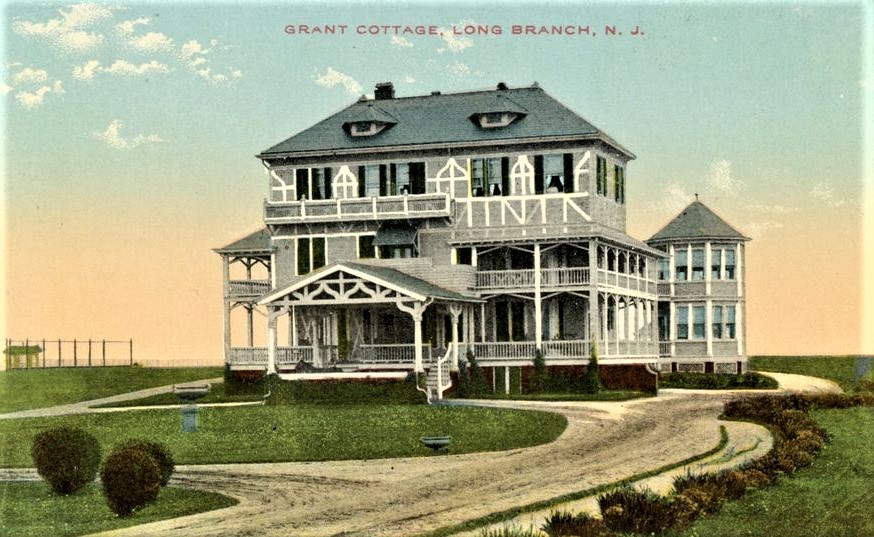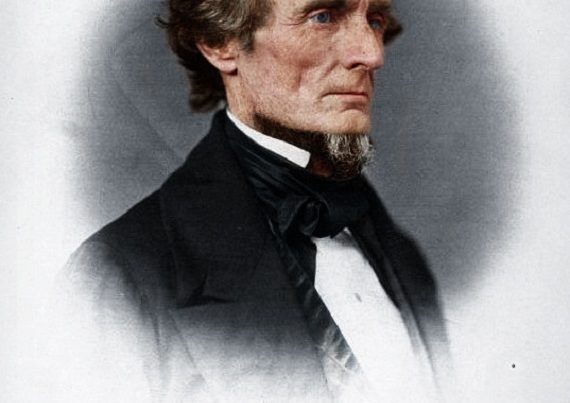
Although most modern biographies attribute the corruption in Grant’s Administration to venal advisors who took advantage of the President’s innocent naivety, those biographers tend to ignore early examples of Grant’s own dubious conduct through which he set low ethical standards for others in his Administration to follow.
One incident was the sale of his “I Street” residence in Washington shortly before he moved into the White House on the March 4, 1869, inauguration day. He had purchased the four-story structure only a few years earlier for $30,000 with part of a $100,000 purse raised on subscription for him by wealthy New Yorkers arranged by former General Daniel Butterfield. His wife, however, was unhappy when he sold it. She had anticipated the home would again become their chief residence after Grant’s presidency ended. She also seemed to be annoyed at the $40,000 sales price.
In response, at Grant’s urging, Butterfield and Treasury Secretary designee Alexander Stewart led a subscription to buy the house for General William T. Sherman at a price of $65,000. Once the money was raised, Grant repudiated his written agreement with an earlier buyer, pocketed the $35,000 extra profit, and appointed Butterfield as an Assistant Treasurer in the Department’s vital New York City office where Butterfield would soon become entangled in the Administration’s first major scandal involving the 1869 gold market corner attempt by market manipulators Jay Gould and Jim Fisk. Although Grant returned his $1,000 deposit, the first buyer of the home felt cheated and threaten to embarrass the President with a breach of contract suit during Grant’s second election campaign in 1872.
In another case, Grant set a second bad example of taking a genteel form of bribery when he accepted a vacation home as a gift only a few months after becoming President. During his first six months in office, he spent at least two months on vacation. One of his favorite spots was the seaside village of Long Branch, New Jersey where seven donors bought a $35,000 “cottage” for him. The so-called cottage had twenty-seven rooms.
One of the donors owned a Philadelphia newspaper and another owned the Pullman Company, which manufactured railroad cars. Grant later appointed a third donor, Thomas Murphy, to the notoriously lucrative and easily corrupted post of New York’s customs collector where 75% of America’s import duties were collected. During the Civil War Murphy had been an infamous supplier of shoddy merchandise to the Union army. Additionally, even when he was in his White House, Grant worked only an estimated four hours daily. He was on vacation when the Gould-Fisk gold market corner scheme hatched, and on another vacation when it climaxed.
At least three years prior to the above incidents, Grant accepted two other homes as valuable gifts from business leaders and some grateful citizens. One was in Galena, Illinois where he resided shortly as a civilian on the eve of the Civil War. The other was a Philadelphia mansion from which he expected to commute by railroad to his Washington-based post as “General of the Army.” Since routine commuting quickly grew to be too tiresome, Grant moved into the “I Street” home in Washington that he occupied until profitably disposing of it before moving into the White House as explained earlier.






Interesting article about Grant’s houses. It is also interesting to know about his and his wife’s Whitehaven Plantation near St. Louis Missouri. Where ? In the South ! Slave owners.
There, the Grants owned slaves DURING the War for Southern Independence, in Southern territory. So much for waging a war to end slavery !
That Grant was hardly a saint is hardly news. But this kind of article is most relevant as regards the current attempts to canonize him.
Grant was not a saint but an aggressor during the war of aggression against the south. Unleashing Sherman and Sheridan on the people, family’s, homes, cities and blacks when his forces lost when they invaded Virginia in the battles at Manassas. Destroying homes, stealing livestock, burning fields, and destroying Atlanta was why Lee surrendered to stop these atrocities against Southerners. Grant was NOT a hero that some people put him up to be. The only northern city Lee invaded was Gettysburg and it was against Union forces to end Union aggression in the South.